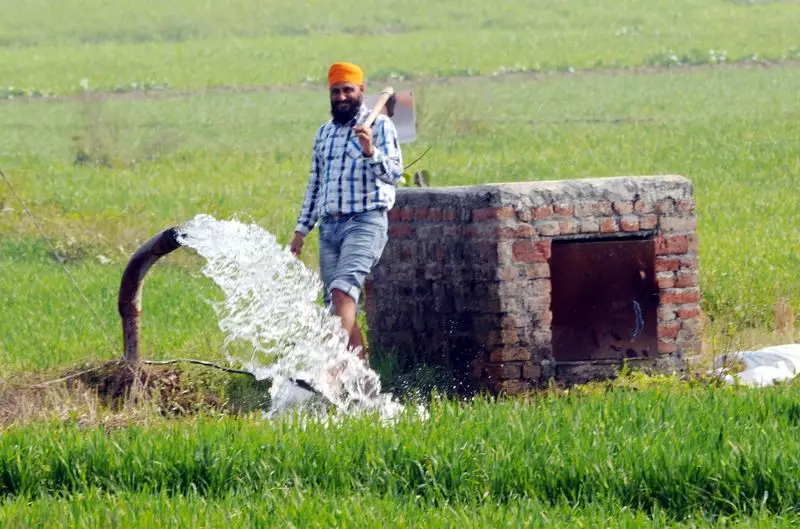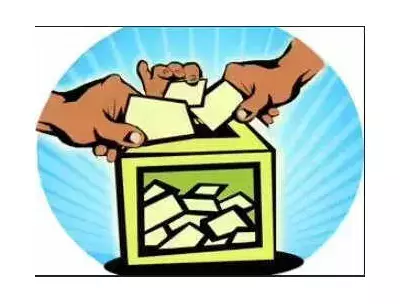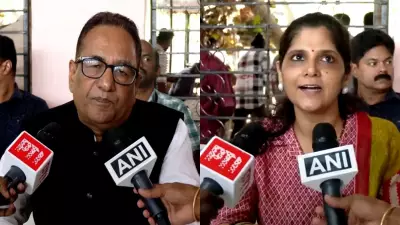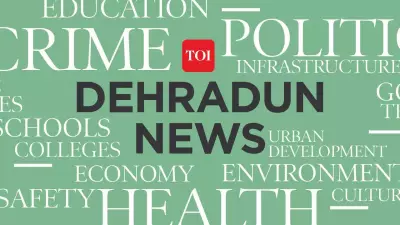
The contentious debate around power subsidies has electrified Indian politics, creating a complex web of electoral promises, fiscal responsibility, and public welfare. As states grapple with mounting financial pressures, the question remains: are these subsidies empowering citizens or creating unsustainable financial burdens?
The Delhi Model: Blueprint or Cautionary Tale?
The Aam Aadmi Party's electricity subsidy scheme in Delhi has become both an inspiration and a point of contention. While proponents argue it provides essential relief to common households, critics point to the staggering financial implications. The scheme, which offers free electricity up to certain consumption limits, has been replicated in Punjab, raising concerns about its long-term viability.
Financial Shock: The Real Cost of Free Power
The numbers are staggering. State governments are spending thousands of crores annually to sustain these subsidy programs. In Delhi alone, the subsidy burden runs into billions of rupees each year. This massive financial commitment comes at a time when most states are already struggling with tight fiscal situations and competing development priorities.
The Vicious Cycle of Power Politics
What makes this issue particularly challenging is its political sensitivity. Electricity subsidies have become potent electoral weapons, with political parties across the spectrum making similar promises. This has created a dangerous precedent where fiscal prudence often takes a backseat to populist measures.
Beyond Populism: The Structural Challenges
The subsidy debate exposes deeper structural issues within India's power sector:
- Distribution Company Losses: Most state discoms continue to bleed financially despite various reform efforts
- Cross-Subsidization: Commercial and industrial consumers bear the brunt of higher tariffs to offset domestic subsidies
- Infrastructure Gaps: Aging transmission networks and technical losses compound the financial stress
Finding the Middle Ground: Sustainable Solutions
Experts suggest several approaches to balance public welfare with fiscal responsibility:
- Targeted Subsidies: Moving from universal to need-based assistance for genuinely vulnerable sections
- Smart Metering: Implementing technology-driven solutions for better consumption management
- Energy Efficiency: Promoting conservation measures to reduce overall demand
- Gradual Reforms: Phased approach to subsidy rationalization to avoid public backlash
The Way Forward: Power with Responsibility
As India continues its development journey, the power subsidy conundrum requires careful navigation. The challenge lies in ensuring energy access for all while maintaining the financial health of state economies. The solution likely lies in a balanced approach that combines targeted welfare with sustainable fiscal policies.
The ongoing debate serves as a crucial test case for Indian federalism, pitting immediate political gains against long-term economic stability. How this balance is struck will determine not just the future of power subsidies, but the broader trajectory of welfare politics in India.





